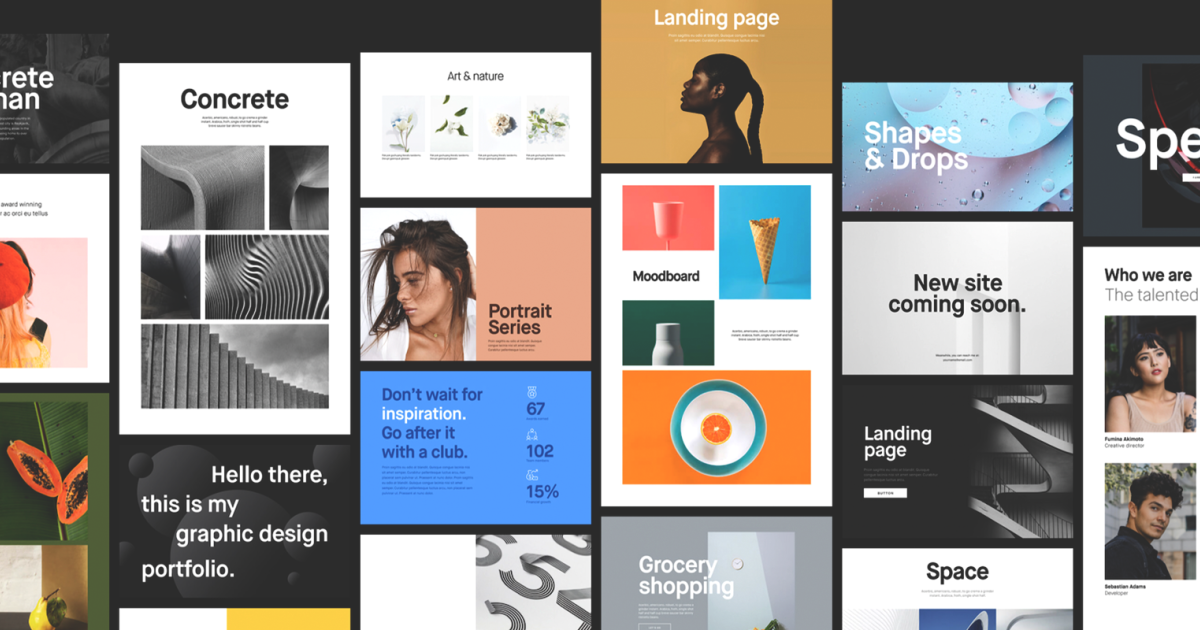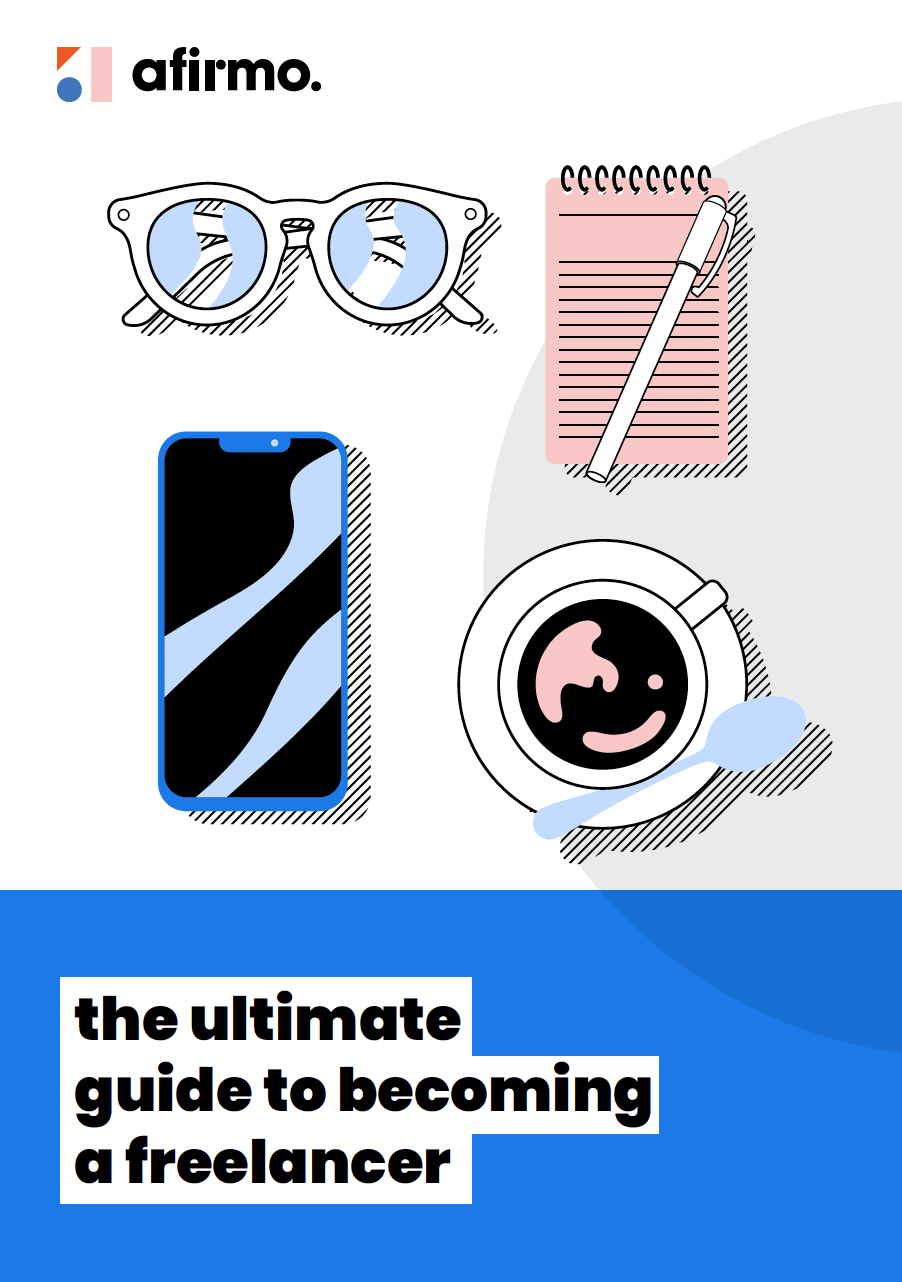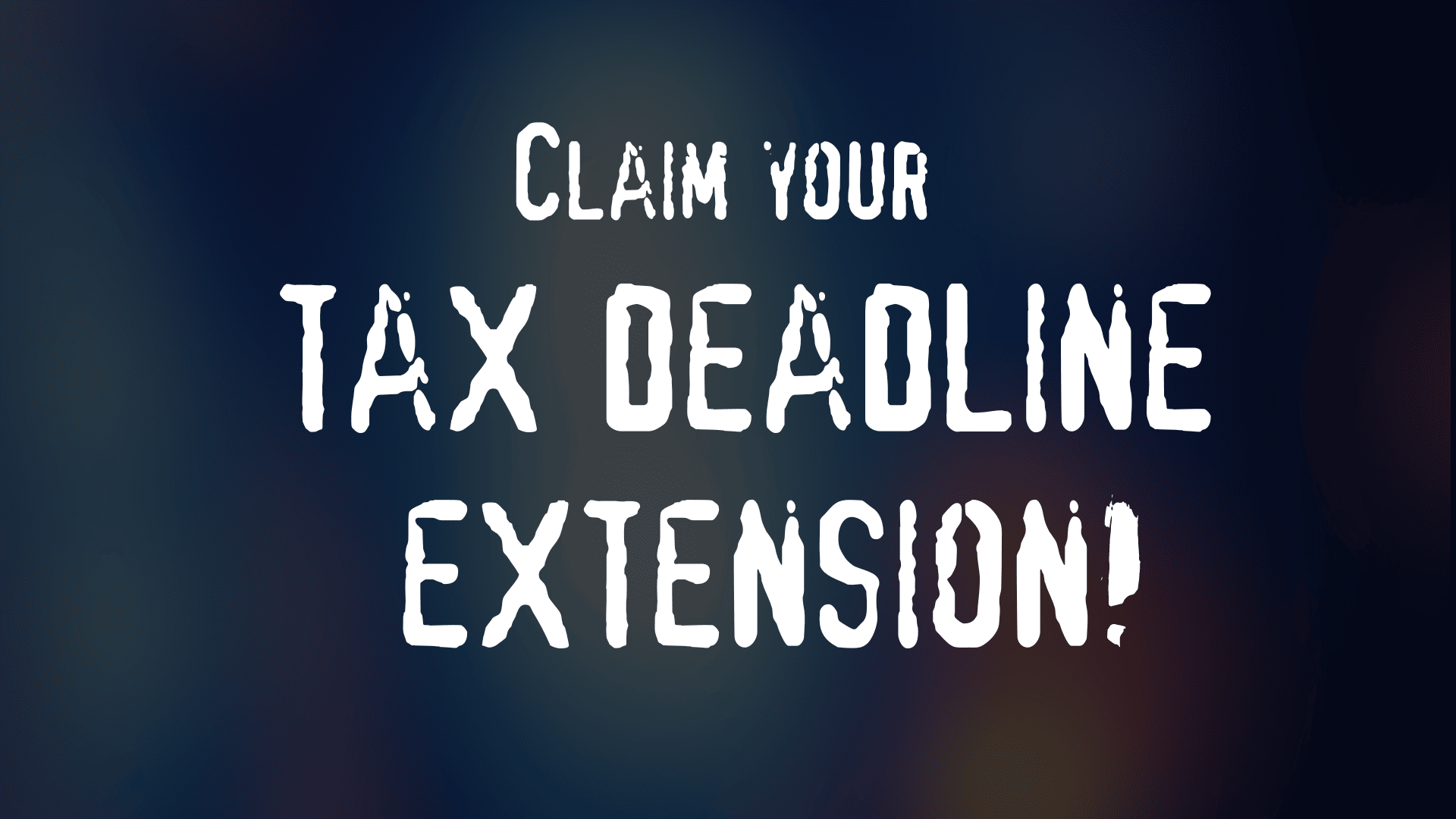When you’re launching yourself as a freelancer, having proof that you’re good at what you do is essential. While you can offer references from people who’ve worked with you, being able to show examples of your work will always be the most convincing proof point.
How you present your examples will depend on the type of work you do. Some professionals, like graphic designers and writers, can gather electronic samples or web links as examples of their work. Others, such as project managers or interior designers, can write up case studies and take photographs of examples of their work.
Identify your best work
When building a freelance portfolio, it’s important to include your best achievements, not just any old work. If you’re launching into freelancing from employment, this will mean identifying work samples from your employment history. When making a list of portfolio items, identify which tasks/projects:
- Earned you praise from employers and clients
- Delivered remarkable results
- Won awards
- Made you proud
- Represent the biggest freelance opportunity
If your recollections are a bit vague, check back through your emails, Word docs and spreadsheets to jog your memory.
Before you include projects completed while you were employed, check with the employer to see if you can use them in your portfolio.
Match portfolio items to specific customer problems
It’s ideal if your portfolio is aligned with your customers’ needs. In a perfect world you’ll have at least one example of work that links directly to every common customer requirement. For example, a portfolio strategy for a graphic designer could link a work sample to each of these needs:
- New logo
- Redesign of existing logo
- Website design
- Business card design
- Brochure design
- Social media profile design and presence
- Newsletter design
- Vehicle signage
Match portfolio items to specific customer sectors
If part of your business strategy is about aligning with the needs of a specific industry sector, you’ll need work samples that prove your experience in that sector. For example, if you’re a graphic designer who wants to target the manufacturing sector for packaging jobs you’ll need photos of your packaging work for products. And if you’re a project manager specialising in change management for local government, you’ll need case studies about change projects you’ve handled for councils or authorities.
Frame each portfolio item with a story
Potential customers will find it easier to appreciate the examples in your portfolio if you share the brief with them, as well as the solution and results. Basically, you’re creating a case study for every portfolio item. It might be just one paragraph or it could be an in-depth study, depending on the type of work you do.
A good case study should:
- Provide background to the job. What was the challenge or opportunity for the client? Why were you chosen for the brief?
- Detail your solution or outputs, including the knowledge, skills and technologies you used to fulfil the client’s requirements.
- Conclude with results, if they were measurable. Alternatively, you could include a quote from the client that shows they were satisfied with the outputs you provided.
- Be visually interesting with the inclusion of photos, screenshots and/or graphs, to make the story more engaging.
Present your portfolio in an attractive way
Your portfolio needs to be versatile, so you can use it as bait for prospecting, credibility for enquiries and content for social media activity.
In its entirety, your portfolio could be presented:
- Within a portfolio section of your website
- As a stand-alone portfolio website
- As a PDF for emailing or printing
- As a crucial ingredient of your online profile, if you plan to use freelance websites to find work
Putting extra effort into presenting your portfolio will give you a competitive advantage, so look at using templates that make each portfolio item look good. If you use WordPress, Wix or Squarespace, you’ll find a variety of portfolio templates to choose from. Another option is to create an interactive PDF flipbook. Do a web search on ‘convert PDF into flipbook’ and you’ll find various ways to do this.
If you’re creating a portfolio that needs to stand alone, remember to include an ‘about’ section that covers the type of work you want, qualifications, experience and other attributes that will assist the reader.
Short on samples but big on ideas?
In situations where you have few (or zilch) portfolio items, consider getting some runs on the board by offering pro bono services to charities or not-for-profit organisations so that you can garner both experience and a portfolio. You’ll build experience and help a good cause at the same time. Alternatively, find a local business that could use some help and offer your services free-of-charge. Be honest about your motivations up front, so they’ll understand why you’re offering to work for nothing.
Your Guide to becoming a freelancer chapters
- Chapter 1- Market research and validating your freelance idea
- Chapter 2 – Defining your freelance service and target audience
- Chapter 3 – How to price your freelance services
- Chapter 4 – How to write a freelance business plan
- Chapter 5 – Building your business portfolio
- Chapter 6 – Online presence and marketing
- Chapter 7 – How to manage your time as a freelancer
- Chapter 8 – Managing your finances as a freelancer
- Chapter 9 – How to choose the best insurance for freelancing



